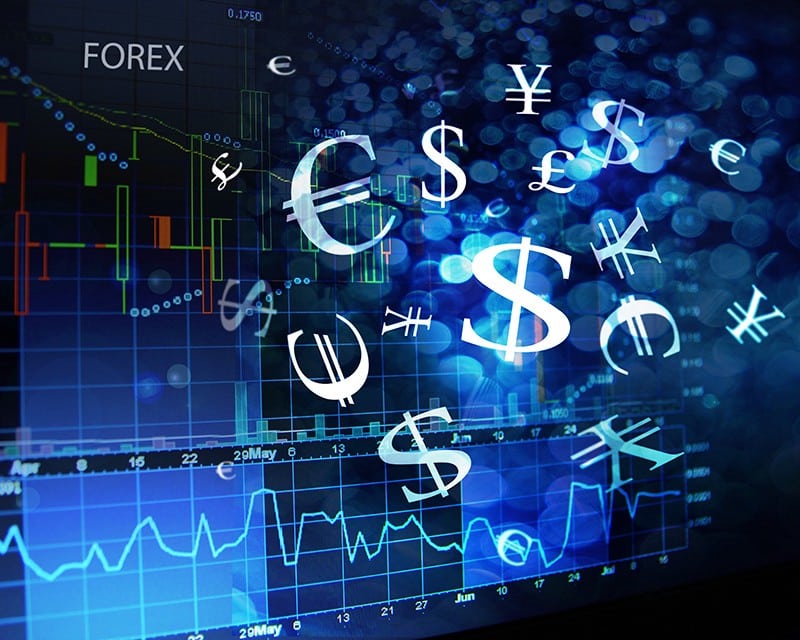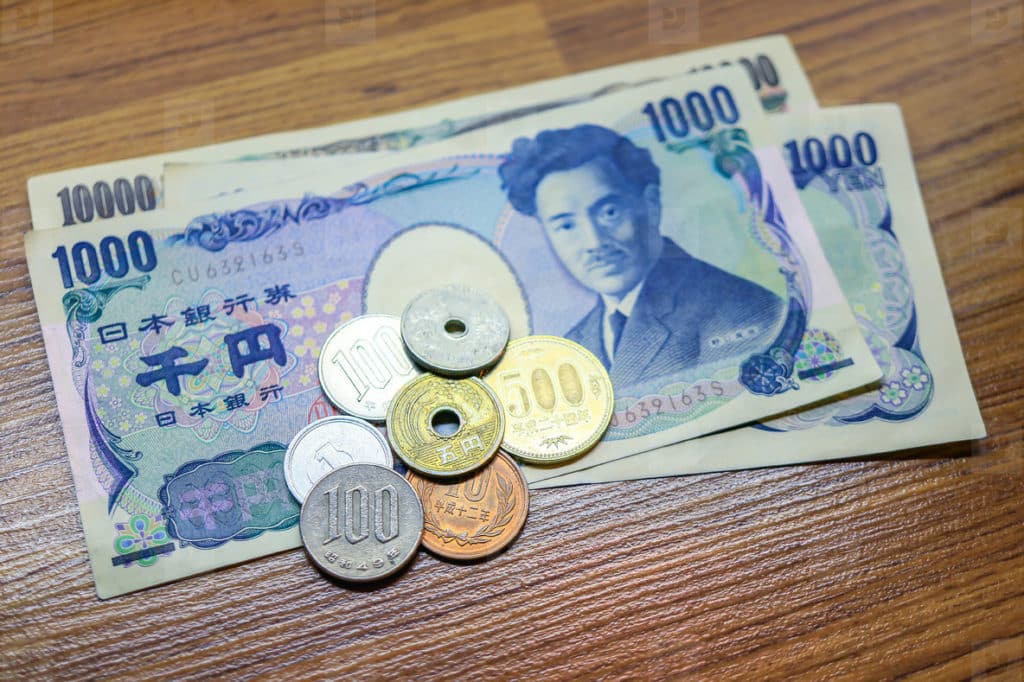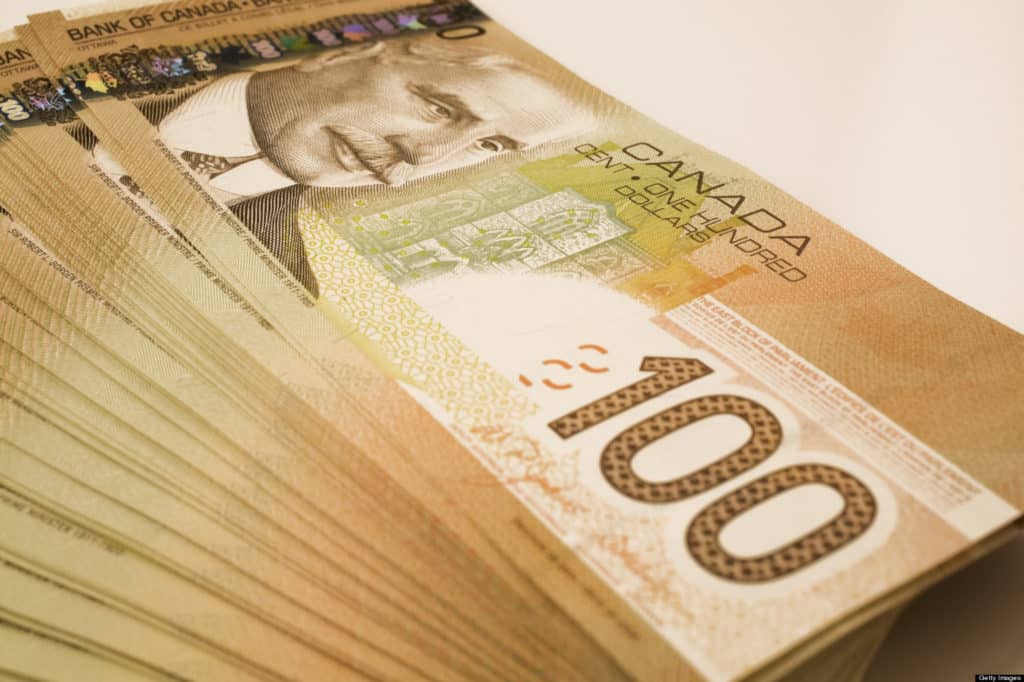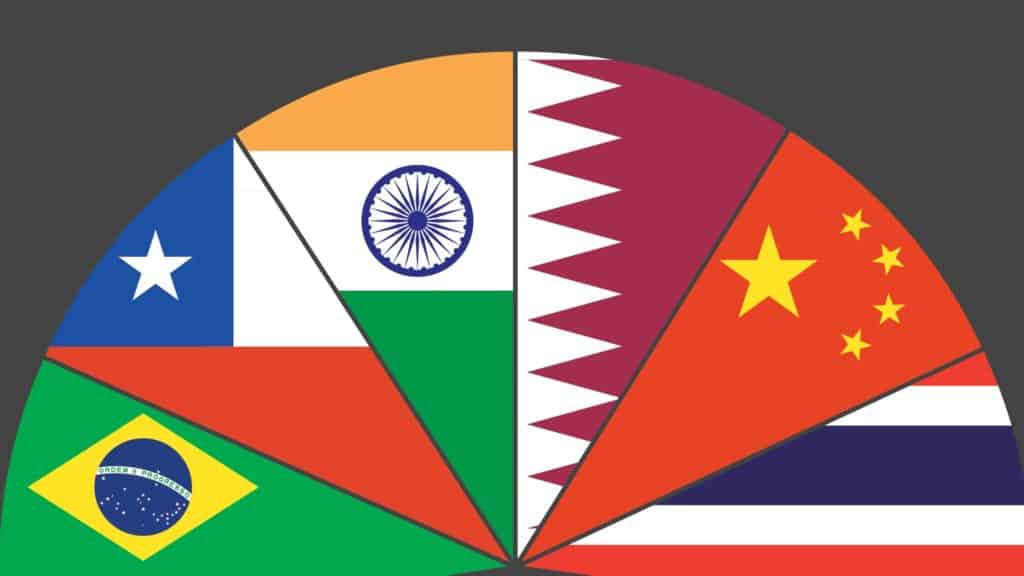We will look at:
If you are relatively new to financial market trading then you will already have realized that the modern, Forex and CFD brokers offers the trader a wide variety of different markets they can trade within numerous sectors or asset classes. With these many different options it can be overwhelming for a new trader. Even if you have been trading for some time, you may have found it difficult to decide which areas to concentrate on and then which financial market instrument or assets to trade, within the various different asset classes. For a better understanding of the differing asset classes you can take a look at our short and concise video guide to asset classes.
In this article we are going to focus on the Forex space and aim to guide you towards currencies that you may want to consider trading. There may be currencies and FX pairs that better suit your trading style and strategy, your personal circumstances or your psychological profile. With an improved understanding of the different Forex options, we aim to hopefully help you improve your trading strategy and results, to ultimately increase your profits.
Forex as an asset class
When it comes to Contract for Difference (CFD) trading there are five main sectors or asset classes that are generally available to the trader. These are Forex (or Foreign Exchange, FX, currencies), individual stocks, stock indices (or averages), bonds and commodities.

Currency trading has become very popular over the past decade and in fact throughout the 21st century with the growth of Forex and CFD brokers throughout Europe and Asia, alongside spread betting in the UK (see our article on the similarities and differences between Forex, CFD and spread betting trading).
In this article we will focus on Currency trading as an asset class, but you can also see our article on the stock market and other major financial markets.
Currency trading: Where to start?
Much of the growth of short-term trading in the 21st century via CFD trading platforms has been driven by the popularity of Currency trading. And we believe that the attraction of trading the currency markets and the excitement around participation in FX has probably been due to the fact that these markets were unavailable to the individual investor or trader until the advent of the CFD market in the late 1990s. Although investors were able to fairly easily access the share markets and invest in Bond funds, maybe even commodity funds, FX has always been an area for large institutions, including the investment banks. The individual only usually dealt in Foreign Exchange when they were looking to holiday abroad.
So, let’s look at what Forex is and what we can trade as individual traders. Forex is simply the exchange of one currency for another. In some ways, this differentiates Forex from other asset classes, in that a FX transaction is effectively buying one currency and selling another. When you buy a stock, you do have to handover your cash, but this is different to trading Forex, where you are looking for one currency to appreciate against another currency. Foreign Exchange trading is a relative value trade, in that the trader is looking for one currency to gain, or appreciate in value, and/ or for another currency to fall or depreciate in value, relative to the first currency. So when trading Forex we have two decisions to make, which currency do we believe is going to go up in value and which may fall in value, critically relative to each other.
So how can we go about deciding on which currencies we want to buy (to be long of) and which currencies we might want to sell (to be short of)? There are two major approaches we could use to assist in us in making our decision and do our analysis; fundamental analysis and technical analysis. In fact, we have a video guide comparing and contrasting Fundamental vs. Technical Analysis.
If a trader is going to approach Forex analysis from a fundamental basis, they will need to have a good understanding of the macroeconomic factors that are currently impacting and could be influencing the economies that are associated with the two currencies that are going to be bought and sold. This will mean that the trader needs to research the recent and upcoming macroeconomic data, plus the stance of the two countries Central Banks. Are the Central Banks expected to move interest rates higher or lower, do they have an upcoming meeting, are the minutes from a previous meeting about to be released, are any members of the Central Bank due to speak? All this fundamental research needs to be done and you can begin to better understand this type of analysis with our fundamental analysis video.
Furthermore, a good understanding of the bigger picture, global geopolitical influences and their potential impact on currencies is a must for the Currency trader in today’s FX markets.
The other major way of analysing any market is technical analysis, also known as charting, which is making a decision on market direction and trade strategy simply from analysing the price chart. We have a video Introduction to Technical Analysis and various other more specific articles and videos on technical analysis in our Educational FX Videos sections.
The trader can apply whatever technical analysis tools and studies on differing currency pairs, probably starting with the “Majors” (see below) to develop and implement a strategy for Forex trading.
But the question remains, which currencies to choose to trade against each other? We will look at this in more detail now.
Let’s start with the “Majors”
First of all, it is generally advised that the newbie or even a trader at an intermediate level should start off by analysing those currencies and currency pairs that are called the “Majors”. The “Majors” are considered the US Dollar, the Euro, the Japanese Yen, the U.K. Pound, the Swiss Franc, the Canadian, Australian and New Zealand Dollars. The “Majors” currency pairs are each of these currencies against the US Dollar, so that would be EURUSD, USDJPY, GBPUSD, USDCHF, USDCAD, AUDUSD and NZDUSD.
The trader should start by having an understanding of the differing macroeconomic and geopolitical influences on these handful of currencies and their economies and also understand the sub-categories these currencies fall into.
Although individual currencies will respond to changes in the situations of the economies the currencies are associated with, they can also behave in a broader or more generic way. Generally speaking, some currencies perform better when the global economic situation looks more negative, whilst others perform better and appreciate when the wider global economy is doing well.
Safe-haven or flight to quality currencies
When the global economy is experiencing a downturn or there is heightened global economic or geopolitical risk, the global investor would seek to look for a safe haven, and this perception of a potential “flight to quality” has short-term impacts on global markets. In the Currency trading arena, the safe haven currencies within the “Majors” are seen to be the US Dollar (USD), but more significantly the Japanese Yen (JPY) and Swiss Franc (CHF). When geopolitical risks are high or rising, these currencies tend to appreciate, that is rise in value.
Since the abolition of the Gold Standard early in the 20th Century (see our History of Forex Markets) the US Dollar is seen to be the global currency. Global commodity prices are quoted in US Dollars, huge global reserves are held by non-US banks and Central Banks in US Dollars, plus the US economy is the largest globally with respect to Gross Domestic Product (GDP). For all these reasons, alongside long-term economic and socio-political stability, the US currency is viewed as a safe haven.
However, in most cases the Japanese Yen and to a slightly lesser extent, the Swiss Franc are viewed as the ultimate Forex safe havens and “flight to quality” currencies. This is for a number of reasons.
- First political neutrality. Since the end of World War II both Japan and Switzerland are seen as neutral countries, with the Japanese constitution forbidding participation in wars, whilst the Swiss have been politically neutral on the global stage since the 1815 Congress of Vienna.
- In addition, both of these nations run trade surpluses, which is viewed as an economic positive as a reflection of economic stability.
- Finally, on a global comparison basis, the Japanese are relatively large savers, whilst the Japanese economy has exhibited underperformance since the 1990’s, relative to the large economies in the global economy. Japanese investors, therefore, have tended to look for and invest funds overseas. This means, when there is a negative view of the global economy, there is a perception that Japanese savers and investors who have invested abroad will bring these funds back home, which is known as repatriation. In this case they would sell overseas assets, thereby now holding a foreign currency, then exchange for Japanese Yen, which in turn due to the increased demand would likely cause an appreciation, a rise in the Yen’s value.
So, if global Forex markets are widely shifting towards more of a “risk off” mode, for whatever reason (that is traders and investors willing to take less risk), then short-term Currency traders should potentially be looking to go long of US Dollars, but more likely Swiss Francs, but most probably the Japanese Yen.
But what if we are in the opposite scenario, that global markets are in or potentially shifting towards a “risk on” phase, what does the Currency trader do then? Well one obvious answer is that they could short, that is sell, the aforementioned safe haven currencies. But which currencies, generally speaking would the currency trader look to buy? This brings us to “risk” or commodity currencies.
“Risk” or commodity currencies (also the Dollar-bloc)
Amongst the “Majors”, the “risk” or commodity currencies are seen to be the Canadian, the Australian and New Zealand Dollars. Because they are all Dollar currencies, these three are also known as the Dollar-bloc currencies. These currencies tend to do well when the global economic outlook is positive and when geopolitical risks are low or falling.
The primary reason for this is that these economies are significant producers and exporters of commodities. In the case of Canada, it is oil, for Australia it is a wide number of commodities including various base metals (including Iron ore and Copper), plus energy products, chiefly Coal. New Zealand is a significant exporting nation, with dairy produce being the major export, along with meat and lumber. For the antipodean currencies (that is the Australian and New Zealand Dollars), a significant percentage of the exports are to Asia and specifically to China.
Given these nations and economies produce and export commodities, when the global economy does well there is a heightened demand for commodities, causing higher commodity prices and therefore benefiting these economies and in turn their currencies. In addition, if the domestic economies are improving, then the bias will shift for the Central Banks in these nations to become more hawkish (that means more likely to raise interest rates or less likely to cut interest rates). The perception of higher interest rates or a receding likelihood of lower interest rates, makes investing in the economy more attractive and again, can cause the currency to appreciate.
Conversely, a more negative outlook for the global economy or a wider geopolitical threat can cause falling commodity prices, a perception of a more negative impact on these economies and therefore a more dovish Central Bank (more likely to cut interest rates or less likely to raise interest rates). This could then have a negative impact on “risk currencies”, the Canadian, the Australian and New Zealand Dollars, causing them to fall in value or depreciate.
So, alongside looking at the macroeconomic credentials for each economy and thereby each currency, the Currency trader also needs to have an understanding of wider, geopolitical threats and their impact on the global economy. These impacts can then have differing influences on currencies depending on whether they are viewed as safe havens, or “risk” currencies.
The strong with the weak – a cross currency approach
Another approach after traders become more comfortable trading the “Majors”, is to try to decide which currencies are currently “strong” and which are “weak” from a charting perspective by looking at different currencies against a number of other currencies. This is a cross currency approach and can start the more confident Currency trader along a path of trading cross currencies, which are currency rates where the US Dollar is NOT included.
For example, let’s say we compare the Pound (GBP) to a number of the other “Majors”, against say the Euro (EUR), the US Dollar (USD), the Japanese Yen (JPY) and maybe the Australian Dollar (AUD). Having done this analysis, we see that the Pound looks strong from a technical analysis perspective against all these currencies. Then we might analyse for example the New Zealand Dollar (NZD) against the same batch of currencies and decide that the New Zealand Dollar looks weak against all of these from a technical analysis approach.
We might then decide to put the “strong” versus the “weak”, the Pound versus the New Zealand Dollar and analyse the GBPNZD chart. The chances are that this chart would look positive, that is to say aiming the Pound up against the New Zealand Dollar and the trader might then look to buy GBPNZD. Or, a contrarian trader (one that takes the opposite view to the current market direction), might decide that this forex market, GBPNZD was overstretched and be looking for a corrective setback and look to sell. That would be the decision for the individual trader and their own trading strategy, but this is a process from a technical analysis approach, to decide on maybe which currencies we might look to trade at any one time.
Peripheral Currencies and Emerging Markets (EM)
The next step a Forex trader may look to take is to broaden their spectrum of currencies they look at and analyse, by including peripheral currencies and the wider basket of currencies that come under the banner of Emerging Markets (or EM for short).
Starting with the peripherals, these are generally speaking those currencies that are not in the “Majors” but we would equally not put in the Emerging Markets basket. In Europe this would include the Scandinavian countries and their currencies, including the Swedish Krona, the Norwegian Krone and the Danish Kroner. In Asia we might include the South Korean Won, the Singapore and Hong Kong Dollars and maybe the Thai Baht (in Thailand).
These currencies are traded far less than the “Majors”, but they are clearly NOT Emerging Markets. If you are looking to branch out and trade these currencies, make sure you do your research and gain solid fundamental knowledge regarding their economies, the important macroeconomic data that might impact and what are the positions of their Central Banks (cutting or raining interest rates, hawkish or dovish).
If beginners or intermediate traders want to explore more exotic realms, then we have the world of Emerging Markets. This includes a very wide spectrum of economies and currencies from what use it be Eastern Europe, all of Central and South America, the Middle East and all of Africa and much of Asia Pacific. Of this broad spectrum, there are a group of countries/ currencies that are more focused on, which are known as the BRICS, which stands for Brazil, Russia, India, China and South Africa and their currencies; the Brazilian Real, the Russian Rubel, the Indian Rupee, the Chinese Yuan and the South African Rand.
Again, knowledge of these countries and their macroeconomics is critical to being able to trade their currencies, with many Emerging Markets having more individual influences that the Currency trader may need to understand to be able to properly analyse and trade. For example, Russia is a large oil exporter, South Africa exports precious and base metals. Plus, many have their own specific geopolitical and socioeconomic influences, that should not be underestimated.
Given the nature of their socioeconomic situations, many (though not all) Emerging Markets currencies tend to be more volatile than the “Majors” with tendency for bigger price swings and potentially to be impacted by more random shocks from geopolitical and socioeconomic events. It is for this reason that we would suggest beginner traders avoid even looking at Emerging Markets until they have better understood the “Majors”.
So which Forex markets are right for you?
Obviously, we cannot answer this question directly. We are all different and we all bring different aspects to our trading. However, below are some pointers that could help set you on a better and more profitable path when deciding on which currency markets to trade.
- Are you a fundamental trader or a technical analyst, or a combination of the two? If you are only looking at the chart as a technical analyst, then you can effectively analyse and trade any currency pairs. But it would still be good advice to have a solid fundamental understanding of the economies and currencies that you are going to analyse and trade. If you are a fundamental trader, then maybe it would be best to concentrate on just a few economies and currencies at first and obtain an in-depth knowledge of these, rather than trying to understand and analyse all the worldwide economies and currencies.
- What timeframe are you trading over and are you looking for steady moves or fast explosive price movements? Different currency pairs have different amounts of volatility associated with them. Emerging Markets can have very explosive short-term price movements, whereas many cross currencies pairings, like AUDNZD, EURGBP and NOKSEK tend to mover more slowly. The type of volatility that is best for your trading approach and the timeframe of your trades can influence which Forex markets you may choose to trade.
- Do you have local or specialist knowledge? If you are from a country outside of the “Majors” or have good knowledge of an economy for some reason, then maybe this could be right currency for you to trade. Or you might decide to concentrate intensely on just a couple of economies and their currencies, in order to become an expert and just focus on these.
In summary, the best advice we can give is to start simple, with a limited number of currencies, maybe just watching and analysing three to four of the “Majors”. This might include one safe haven and one “risk” currency. Over time, build up an understanding of how these currencies move during different macroeconomic data, Central Bank and geopolitical events. It may be that you have local knowledge of a specific country or economy and you feel comfortable trading that currency. If so, great, go for it! As you become more confident, look to branch out across the “Majors” and into cross currency pairs and overtime maybe even to look at the potentially more volatile Emerging Markets.
You may also be interested in our article with 28 forex trading tips.
Good luck with your Currency trading and do not forget to check out our article on Which markets should I trade? A deeper look at financial markets asset classes.




